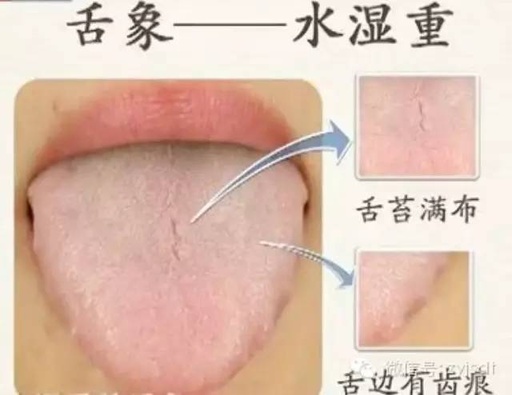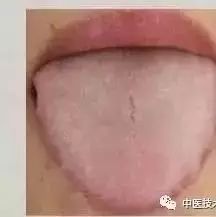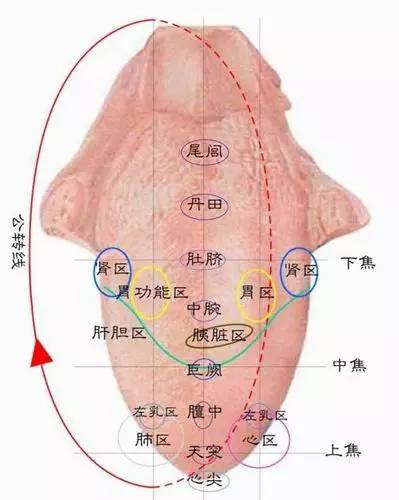The Significance of Tongue Color in Traditional Chinese Medicine
The Significance of Tongue Color in Traditional Chinese Medicine The color of the tongue generally has five variations: pale white, light red, red, crimson, and blue-purple. These represent a progression of color intensity. A pale white tongue indicates deficiency, primarily of both Qi and blood, as well as Yang deficiency. If the tongue is … Read more










